Orientals near a forest and a waterhole. Circa 1784
Technique: black stone, pen and black ink, watercolor and gouache on paper mounted on canvas.
BIBLIOGRAPHY:
A Gilet - U. Westschling, "Louis-François Cassas", Musée des Beaux-Arts de Tours, 1994 - 1995 and Musée de Cologne, 1995, Ed. Musée des Beaux-Arts de Tours, Verlag Phillip Zanbern.
PROVENANCE:
-1984, December 8, Sotheby's Monaco sale, n°119
-Pierre-Yves Le Diberder collection
-Private collection - Paris
Louis-François Cassas, son of a royal road surveyor, was sent to Tours to apprentice as a draftsman. He produced his first plans and sections of monuments, and practiced precise architectural drawing. From 1775, Cassas, a student at the Académie de Dessin, founded by the Duc de Rohan Chabot, frequented the studio of Jean-Jacques Lagrenée dit le Jeune (1739-1821).
In 1776, he moved to the studio of Jean-Baptiste Le Prince (1734-1781).
Here he learned the art of clear composition and the care to be taken when drawing archaeological antiquities. Le Prince passed on to him a taste for travel and the exotic, the art of drawing genre scenes and landscapes from life, and the subtle use of washes to express light, space and vegetation.
From 1779 to 1783, Cassas made his first trip to Italy. In Rome, he stayed at the Palazzo Mancini as a "protected pupil", visited Campania and met Vivant Denon. After a tour of Sicily, Dalmatia and Istria, the artist returned to Paris in 1783 to join his patron's Académie as a draftsman. In 1784, Cassas followed the Comte de Choiseul-Gouffier to Constantinople, where he visited Syria, Egypt, Palestine, Cyprus and Asia Minor. Working with the team of scientists accompanying the diplomat, he drew many of the sites that were later engraved. After the Revolution, the artist was appointed Inspecteur des Travaux and Professor of Drawing at the Manufacture Royale des Gobelins, where he remained until his death. He exhibited his travel views at the Salons from 1804 to 1824. Marked by his neoclassical training, he was not indifferent to the beginnings of Romanticism, and introduced into his works an oriental flavor appreciated by Eugène Delacroix.
Our drawing was probably executed after his stay in the Orient in 1784, when he visited Syria, Egypt and Palestine. This drawing is a marvelous illustration of the artist's precise, narrative art, as he took particular care to render the landscapes he discovered on his many travels. As is often the case, the artist subtly contrasts ochres with greens and blues, accentuating the depth of the landscape with the use of gum arabic.
Dimensions unframed: Length: 101.5cm Width: 66cm
Dimensions with frame: Length: 121cm Width: 85cm


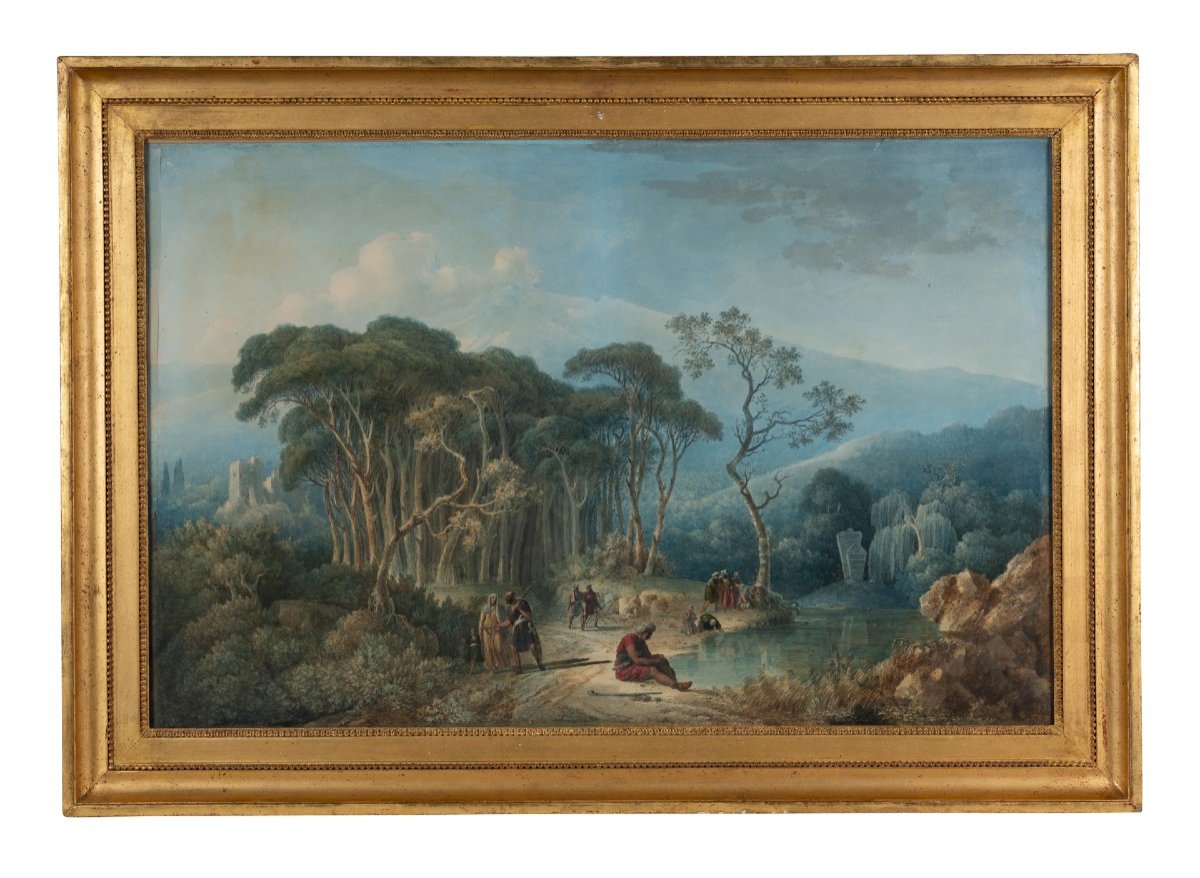
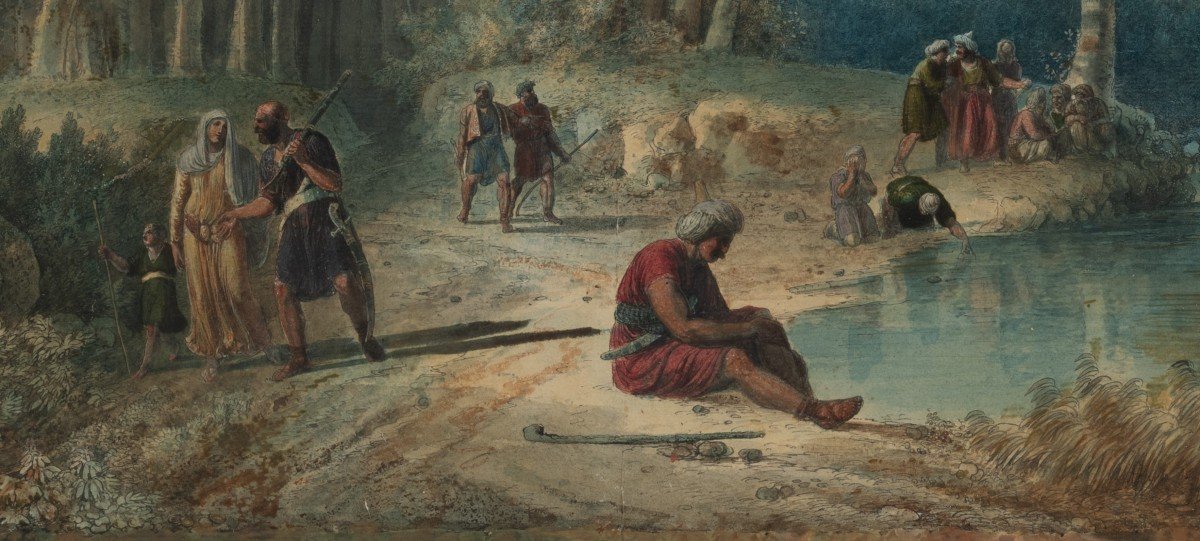
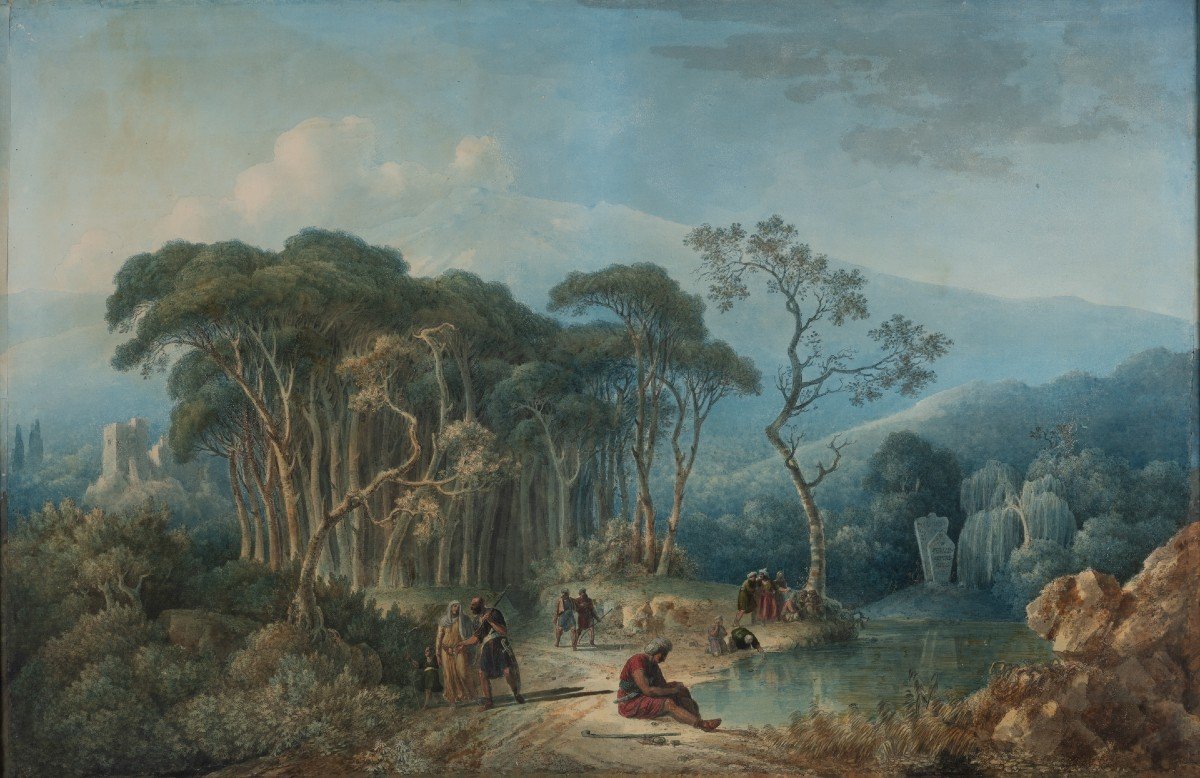
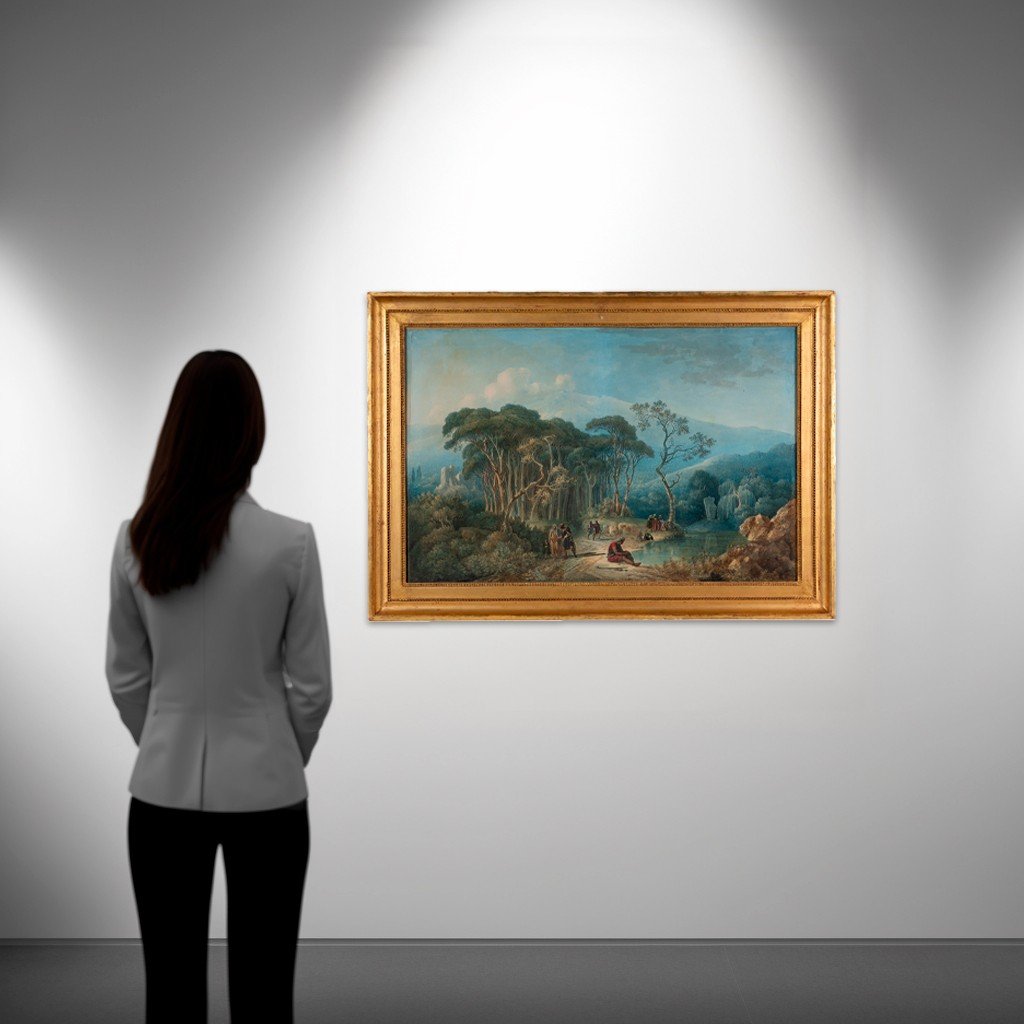



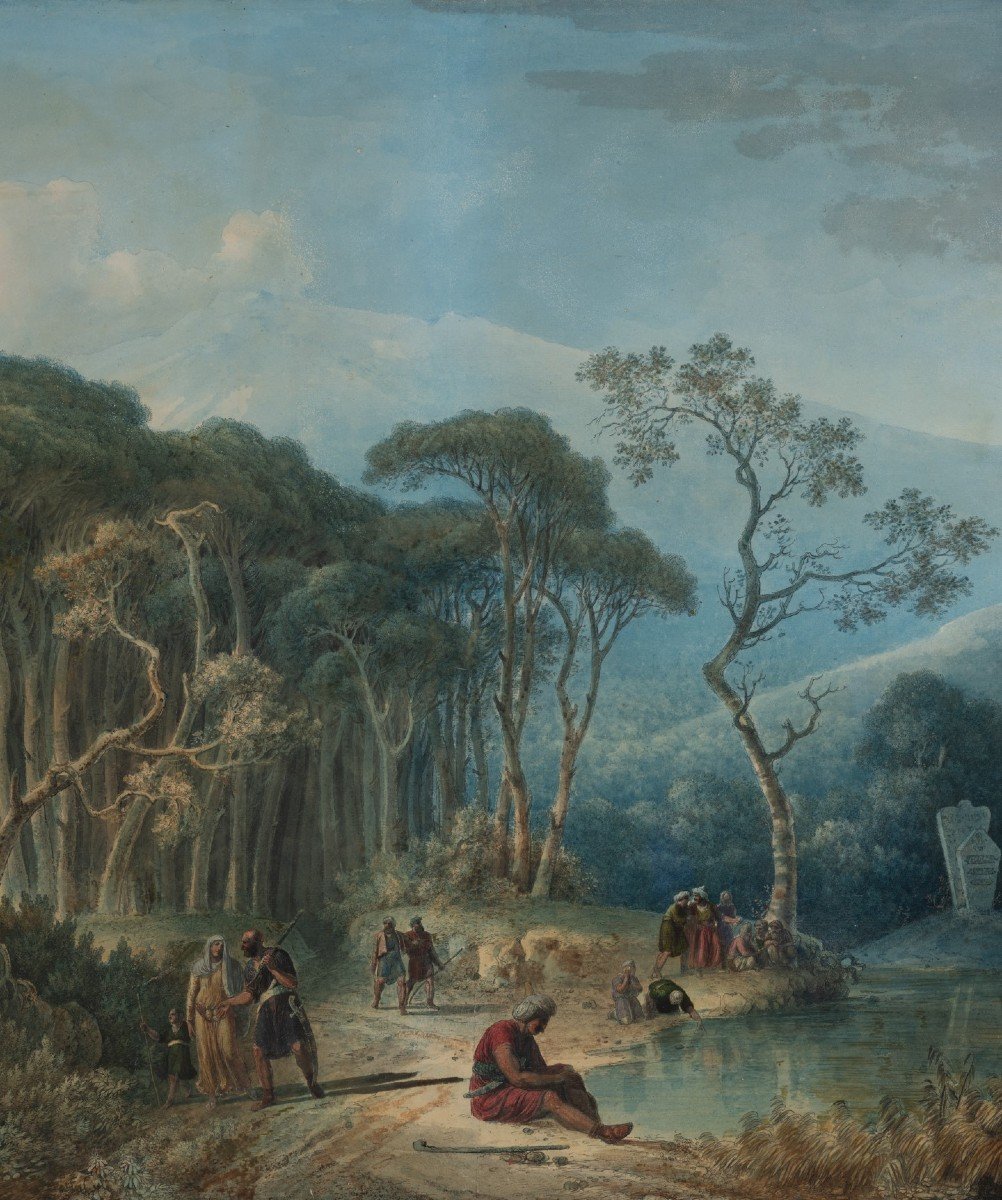













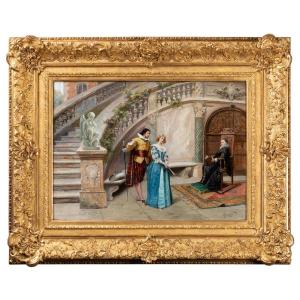

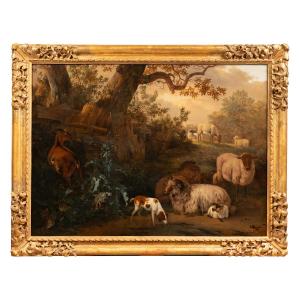
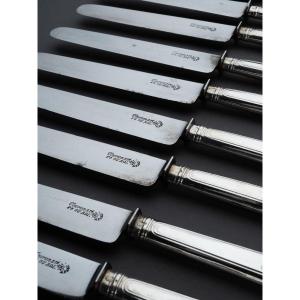
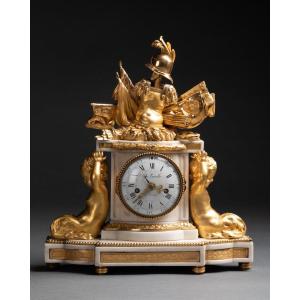

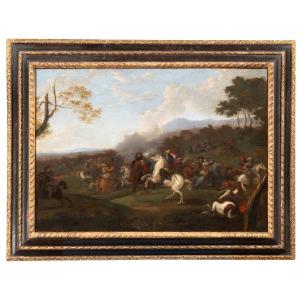





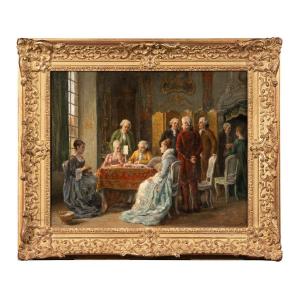

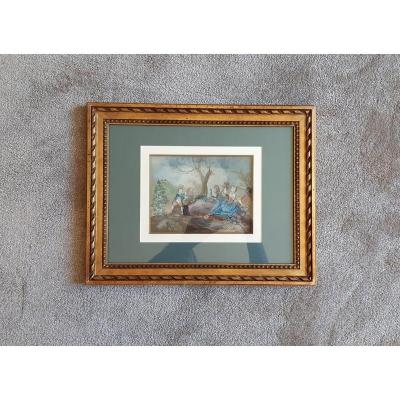
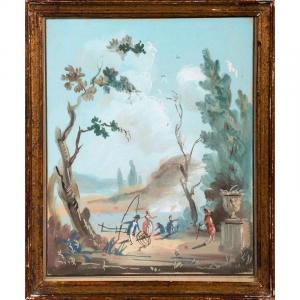
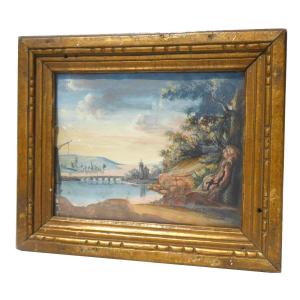

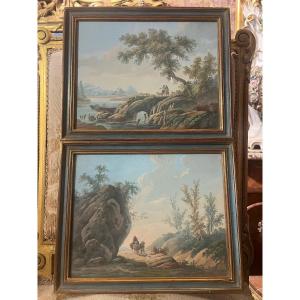



 Le Magazine de PROANTIC
Le Magazine de PROANTIC TRÉSORS Magazine
TRÉSORS Magazine Rivista Artiquariato
Rivista Artiquariato